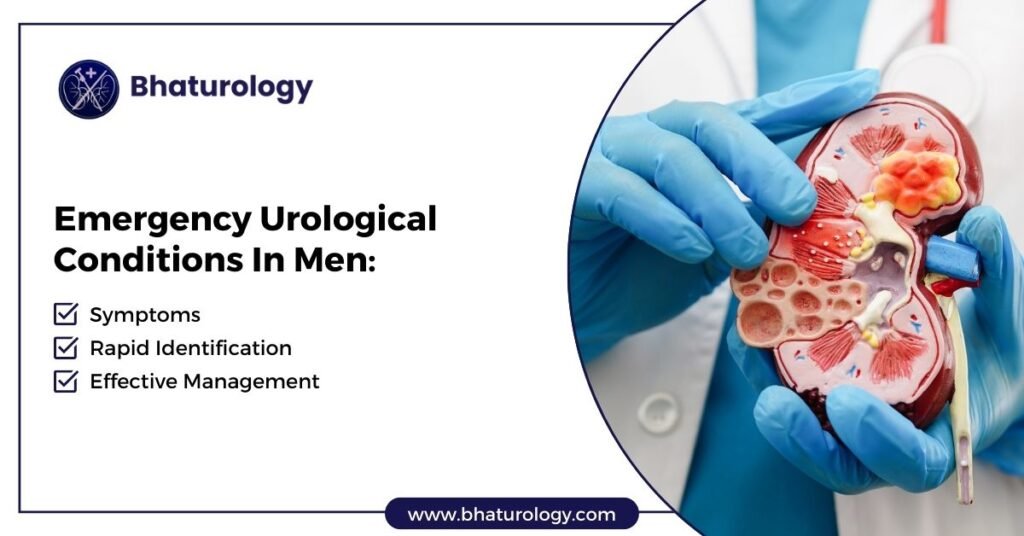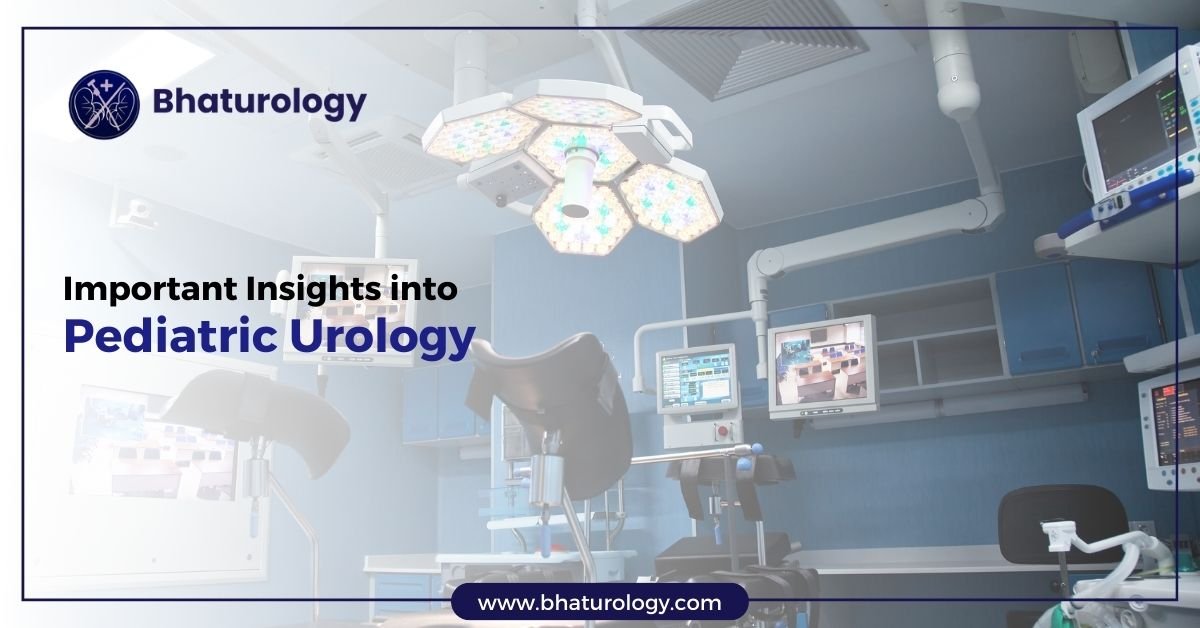Urological emergencies in men can present with acute symptoms that demand immediate attention to prevent severe complications. Here’s a detailed overview of common emergency urological conditions, their symptoms, rapid identification methods, and effective management strategies, including expert insights from a urology doctor in Jaipur.
Testicular Torsion
Testicular torsion is a severe condition where the spermatic cord twists, cutting off the blood supply to the testicle. Symptoms typically include sudden, intense pain in one testicle, accompanied by swelling and redness in the scrotum. Nausea and vomiting often follow. Rapid identification is crucial; an ultrasound can assess blood flow to the testicle to confirm the diagnosis. Immediate surgical intervention is necessary to untwist the affected testicle and secure it to prevent recurrence. Prompt treatment is essential to save the testicle and preserve fertility.
Acute Urinary Retention
Acute urinary retention is characterized by the sudden inability to urinate despite a strong urge, leading to severe lower abdominal pain and a distended bladder. Diagnosis involves a physical examination and a bladder ultrasound to evaluate the extent of retention. Treatment initially focuses on catheterization to relieve the bladder pressure. Addressing underlying causes, such as an enlarged prostate, is vital for long-term management to prevent future episodes.
Fournier’s Gangrene
Fournier’s gangrene is a life-threatening infection that rapidly spreads in the genital area, causing severe pain, swelling, and necrosis. Symptoms include fever, chills, and rapidly advancing redness. Diagnosis is made through physical examination and imaging studies like CT scans. Immediate surgical debridement to remove necrotic tissue is critical, along with broad-spectrum antibiotics and supportive care to manage the infection and prevent systemic complications.
Priapism
Priapism is characterized by a prolonged, painful erection that lasts more than four hours and is not related to sexual arousal. Symptoms include persistent penile erection and discomfort. Diagnosis is often based on clinical evaluation, but blood gas analysis of the corpora cavernosa can help differentiate between ischemic and non-ischemic priapism. Treatment may involve medications to reduce the erection or, in severe cases, aspiration of blood from the penis to relieve pressure and restore normal function.
Paraphimosis
Paraphimosis occurs when the retracted foreskin cannot be returned to its normal position, causing swelling and pain in the glans penis. This condition restricts blood flow, leading to potential complications if not treated promptly. Diagnosis is made through physical examination. Immediate treatment involves manual reduction of the foreskin. If manual methods fail, surgical intervention may be required to address the issue and restore normal blood flow.
Ureteric Colic
Ureteric colic is marked by severe flank pain that radiates to the lower abdomen and groin, often accompanied by hematuria (blood in urine) and nausea. The pain is usually caused by kidney stones obstructing the ureter. Diagnosis is confirmed with imaging studies, such as a CT scan of the abdomen and pelvis. Management includes pain relief and hydration to help pass the stone. If the stone is too large to pass, surgical intervention may be necessary to remove it and alleviate symptoms.
Acute Kidney Infection (Emphysematous Pyelonephritis)
Emphysematous pyelonephritis is a severe kidney infection characterized by gas formation in the renal parenchyma, resulting in intense flank pain, fever, chills, and nausea. Diagnosis is typically confirmed with CT scans and laboratory tests showing infection and gas formation. Treatment requires urgent antibiotics and surgical intervention to drain abscesses or remove affected tissue. Prompt care is crucial to manage the disease and prevent systemic complications.
Conclusion
Recognizing and managing emergency urological conditions promptly can significantly impact patient outcomes. From testicular torsion to acute kidney infections, understanding the symptoms and appropriate treatment options is crucial for adequate care. Consulting with a skilled urology doctor in Jaipur can provide expert guidance and ensure timely intervention, ultimately improving patient health and recovery.



